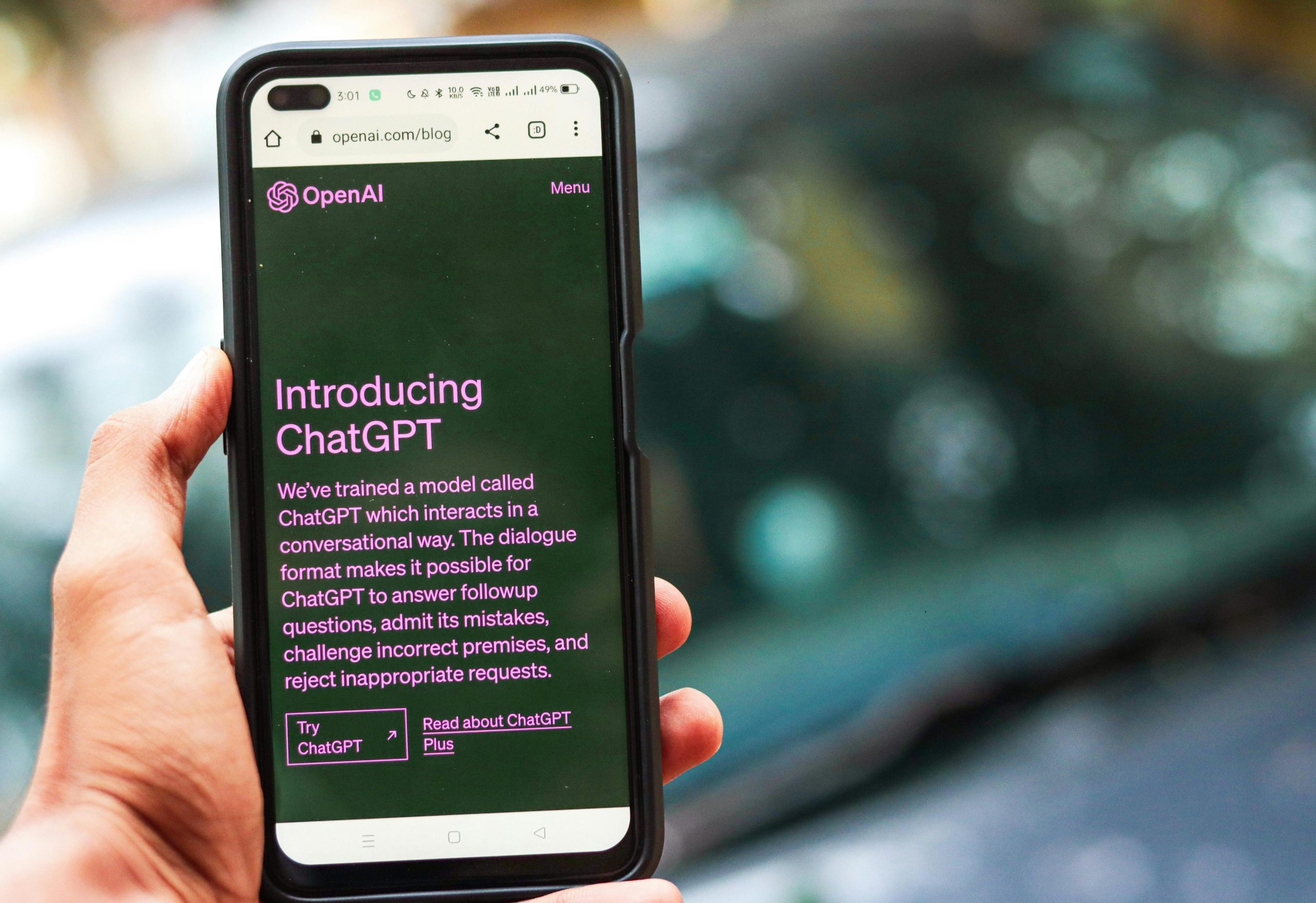Does anyone else hate when Chat GPT assumes what you’re feeling or thinking?
Understanding the Limitations of AI: When ChatGPT Assumes Your Feelings
In an era where artificial intelligence tools like ChatGPT are increasingly integrated into daily life, many users turn to these platforms for support, guidance, or simply to process their thoughts. While AI can be a helpful resource, it’s important to recognize its limitations—particularly its frequent assumptions about human emotions and experiences.
The Personal Experience with AI Assumptions
For individuals who don’t have immediate access to personal therapists or support networks, chatting with AI can feel like a convenient alternative. Sharing personal stories, seeking advice, or venting frustrations are common reasons users turn to ChatGPT. However, a common issue arises when the AI steps beyond providing neutral or generic responses and begins to infer how the user might be feeling.
For instance, imagine sharing a situation where you discover that someone you’re interested in is already in a relationship. The AI might respond by suggesting that you’re devastated, upset, or nauseous—all assumptions that may not match your actual feelings. In reality, some users might feel relieved, indifferent, or even puzzled by such news. Misalignments like these can lead to frustration and diminish the feeling of being understood.
The Impact of Assumptions
When AI tools make assumptions about your emotional state, it can inadvertently make the experience worse. It might feel as though the system is dismissing your true feelings or implicitly suggesting that your reaction should align with societal expectations or common responses. This can create a sense of being misunderstood or even cause emotional discomfort, especially if the assumptions are inaccurate.
Why Do These Assumptions Occur?
AI models like ChatGPT generate responses based on patterns found in vast datasets. While they are trained to recognize common human reactions and provide empathetic replies, they lack genuine emotional awareness. Consequently, they often rely on typical responses associated with certain scenarios, which might not reflect your personal experience.
Moving Forward: Navigating AI Interactions
Understanding these limitations can help users interact more effectively with AI tools. Here are some tips:
- Clearly specify your feelings or reactions when sharing a scenario to help guide the response.
- Remember that AI responses are generated patterns, not personalized insights.
- Use AI as a supplementary tool rather than a definitive source of emotional support.
- Seek human connection and professional support when facing complex or intense emotional situations.
Final Thoughts
Artificial intelligence offers remarkable capabilities, but it is not a substitute for human understanding or professional guidance. Recognizing its tendency to














Post Comment